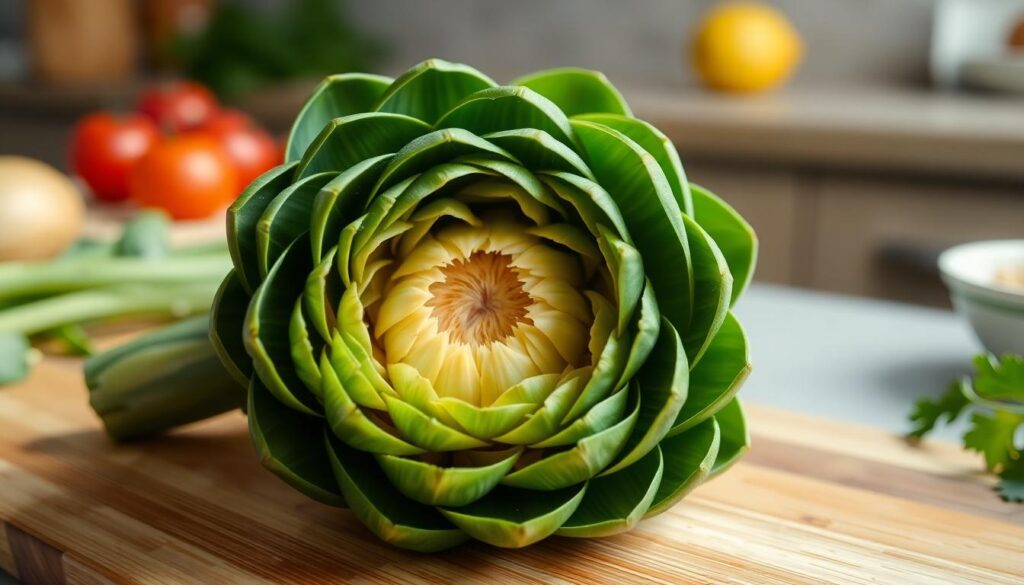Ever been stumped by a clever riddle that seems impossible to solve? “What has a heart that doesn’t beat” is one of those brain teasers that makes you think outside the box. We’ve all experienced that satisfying “aha!” moment when the answer finally clicks—and this particular riddle delivers just that.
Unraveling the Answer: What Has a Heart But Doesn’t Beat?
After pondering this intriguing riddle, it’s time to reveal the solution that has puzzled many minds. Let’s jump into the official answer and explore the fascinating explanation behind it.
The Official Solution to the Riddle
The answer to “What has a heart but doesn’t beat?” is an artichoke. This vegetable contains what’s commonly called a “heart” at its center—the tender, edible core that forms the most prized part of the plant. Unlike human or animal hearts, an artichoke’s heart doesn’t pump blood or beat rhythmically. The term “heart” in this context refers solely to the location and importance of this central portion, making it a clever play on words that creates the perfect riddle. Many people overlook this solution because they’re fixated on thinking about animals or mechanical objects, while the answer lies in the plant kingdom.
The Science Behind the Answer
Artichokes (Cynara cardunculus var. scolymus) belong to the thistle family and are technically flower buds that haven’t yet bloomed. The heart sits at the base of the artichoke, beneath the inedible “choke” portion. Botanically speaking, this heart isn’t an organ but rather the meaty core of the immature flower bud. Plant anatomy differs fundamentally from animal anatomy, as plants don’t possess circulatory systems with pumping hearts. Instead, they rely on different mechanisms for nutrient distribution, including capillary action and transpiration. The artichoke’s structure features layers of leaves (bracts) protecting the innermost portion, which we call the heart. Culinary traditions worldwide value this tender center for its delicate flavor and texture, making it a delicacy in Mediterranean cuisine particularly. The scientific distinction between plant and animal tissue creates the perfect foundation for this clever wordplay.
5 Popular Variations of the Heart Riddle
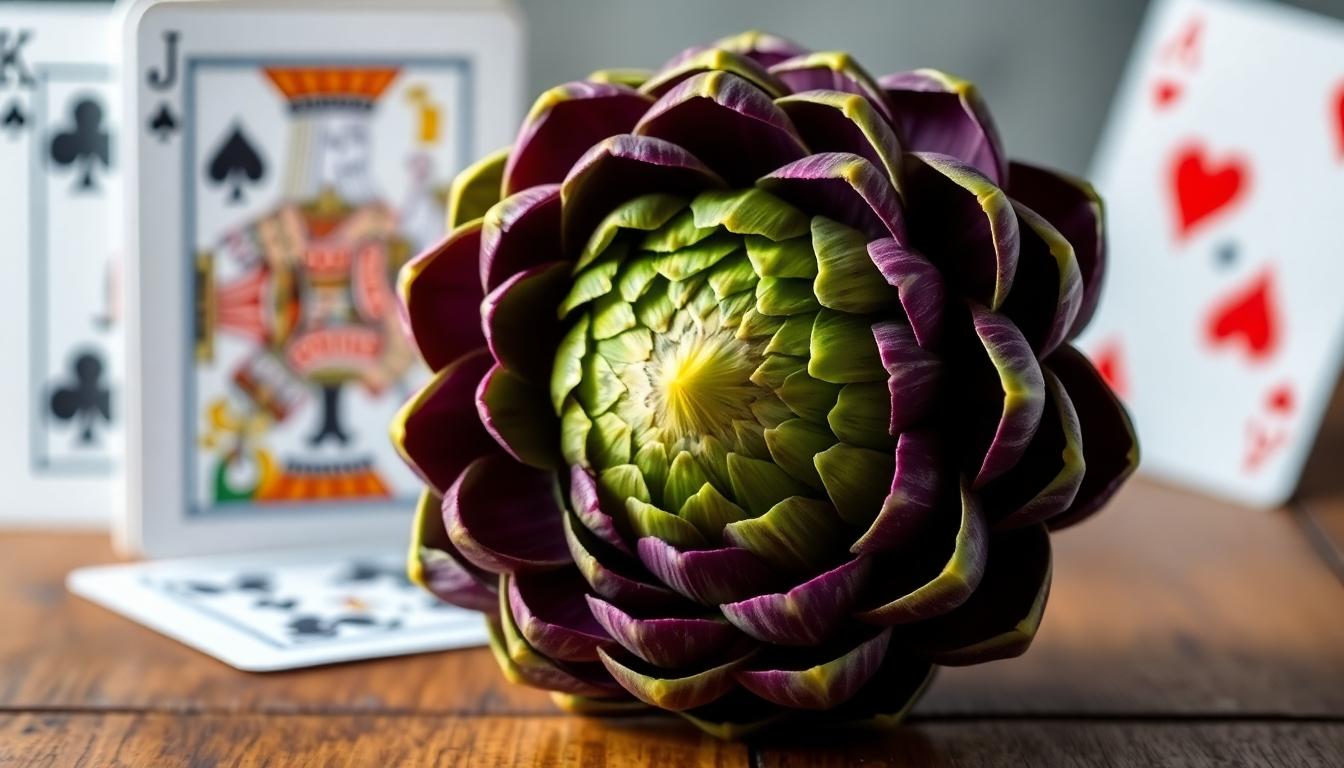
While the artichoke is one popular answer to this brain teaser, several other clever variations have emerged over time. Let’s explore five different answers to the “what has a heart that doesn’t beat” riddle that showcase the creative ways people interpret this classic puzzle.
- An Artichoke: The most common version asks, “What has a heart that doesn’t beat?” An artichoke fits perfectly as the answer since its tender central portion is called the “heart,” yet it obviously doesn’t beat like a human heart. This plant-based solution remains a favorite for its simplicity and cleverness.
- A Deck of Cards: Playing cards offer another brilliant answer to this riddle. A standard deck contains the heart suit (♥), but these hearts never beat even though their recognizable shape. This version particularly appeals to game enthusiasts who appreciate the wordplay.
- A Keyboard or Piano: Some versions expand on the riddle with “I have keys but no locks, space but no room, and a heart that doesn’t beat.” While the “heart” reference is less obvious here, musical instruments like pianos contain what musicians sometimes call the “heart” of the instrument without any actual pulsing.
- Wood: A more poetic take states, “I am the heart that does not beat. If cut, I bleed without blood.” This refers to heartwood, the dense central core of a tree trunk that provides structural support but contains no living cells or beating function.
- A Tree: Similar to the wood variation, trees contain “heartwood” at their center—a strong, supportive core that keeps the tree standing tall without any pulsation. This natural answer connects to themes of strength and stability found in nature.
Traditional Versions Across Different Cultures
Heart-themed riddles appear across various cultural traditions, though they take different forms and meanings. Many ancient cultures incorporated riddles about hearts into their folklore as teaching tools about life and nature. Asian traditions, for example, often feature riddles that use natural elements like trees and plants as metaphors for human experiences. European folklore contains many puzzles about objects with “hearts” that teach children about the industry around them. The universal appeal of these riddles lies in their ability to make us think differently about common objects and their properties.
Modern Social Media Adaptations
Social media has breathed new life into classic riddles like “what has a heart that doesn’t beat.” Platforms like Instagram, TikTok, and Twitter regularly feature these brain teasers with captivating visuals, creative presentations, and hashtags like #riddles and #motivation to boost engagement. Content creators often add their own twists, incorporating graphics or animations that provide subtle hints while making the riddles more shareable. Some influencers create entire series dedicated to solving these puzzles, encouraging followers to comment with their answers before revealing the solution. This interactive approach has helped traditional word puzzles reach new audiences and maintain relevance in the digital age.
The Psychology Behind Why We Love Heart Riddles
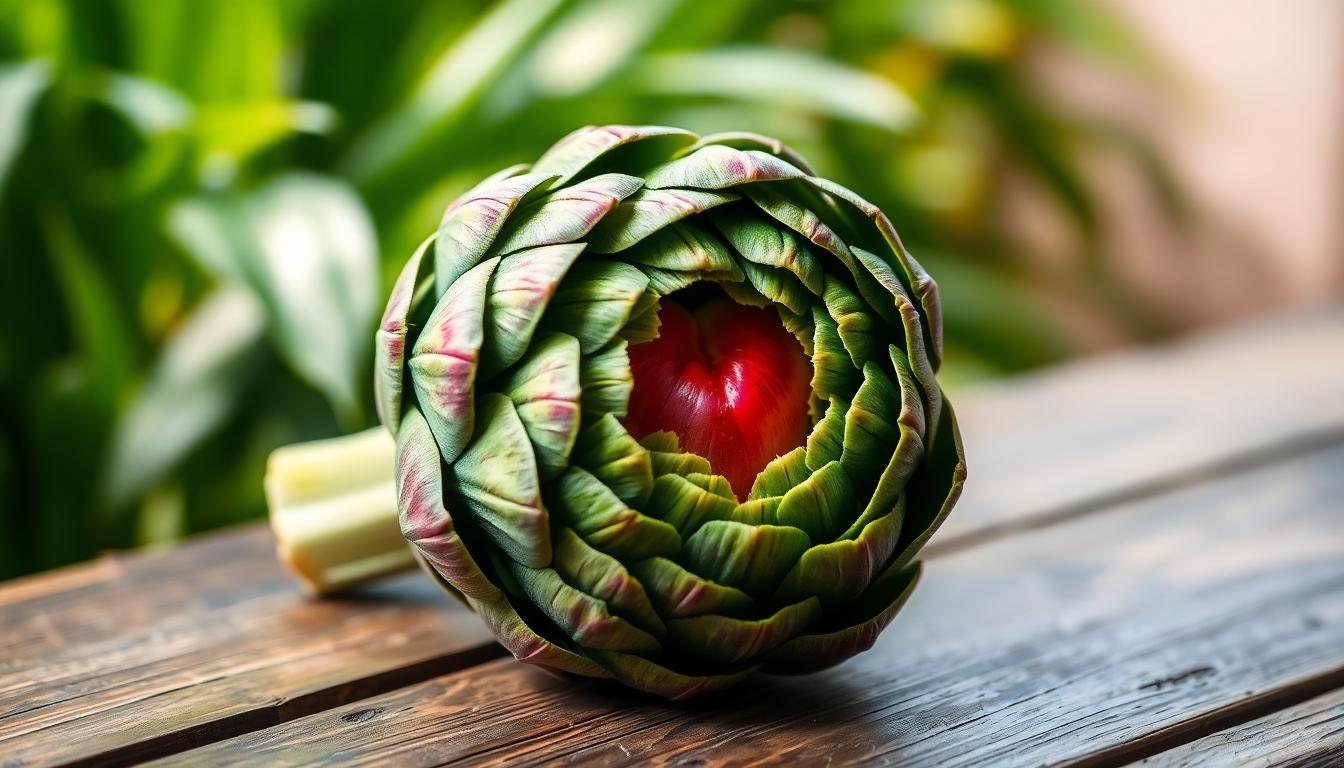
Heart riddles like “what has a heart that doesn’t beat” captivate our minds through their clever wordplay and symbolic connections. We’re naturally drawn to these brain teasers because they engage multiple cognitive processes while tapping into universal symbolism.
The Cognitive Benefits of Solving Riddles
Tackling heart-themed riddles offers substantial mental benefits beyond mere entertainment. Our brains receive valuable exercise when we work through these puzzles, improving several cognitive functions:
- Problem-Solving Enhancement: These riddles force us to think laterally and make connections between seemingly unrelated concepts, strengthening our overall problem-solving abilities.
- Memory Fortification: Solving riddles requires retrieving and applying existing knowledge, which effectively reinforces our memory pathways and recall capabilities.
- Concentration Improvement: The focused attention needed to solve complex wordplay helps sharpen our concentration skills and mental clarity.
- Creative Thinking Development: Heart riddles specifically encourage us to look beyond literal meanings, fostering more flexible and innovative thinking patterns.
Why Heart Symbolism Resonates With Us
The heart symbol carries universal significance that makes heart-themed riddles particularly captivating. Our collective understanding of heart symbolism operates on multiple levels:
- Emotional Connection: The heart represents love, compassion, and core emotions across virtually all cultures, giving these riddles an immediate emotional resonance.
- Cognitive Intrigue: Heart-related puzzles tap into both emotional and social intelligence, particularly in brain teasers that involve identifying hidden hearts in optical illusions.
- Linguistic Playfulness: The dual meaning of “heart” (as both organ and center/core) creates rich territory for wordplay that challenges our language processing abilities.
- Psychological Depth: Our psychological attachment to heart symbolism influences how we perceive and interpret these riddles, adding layers of meaning beyond the surface solution.
The artichoke answer to “what has a heart that doesn’t beat” exemplifies this perfect blend of wordplay and symbolism, requiring us to recognize both the literal “heart” of the vegetable and the metaphorical concept of beating hearts.
7 Similar Brain Teasers That Challenge Our Perception
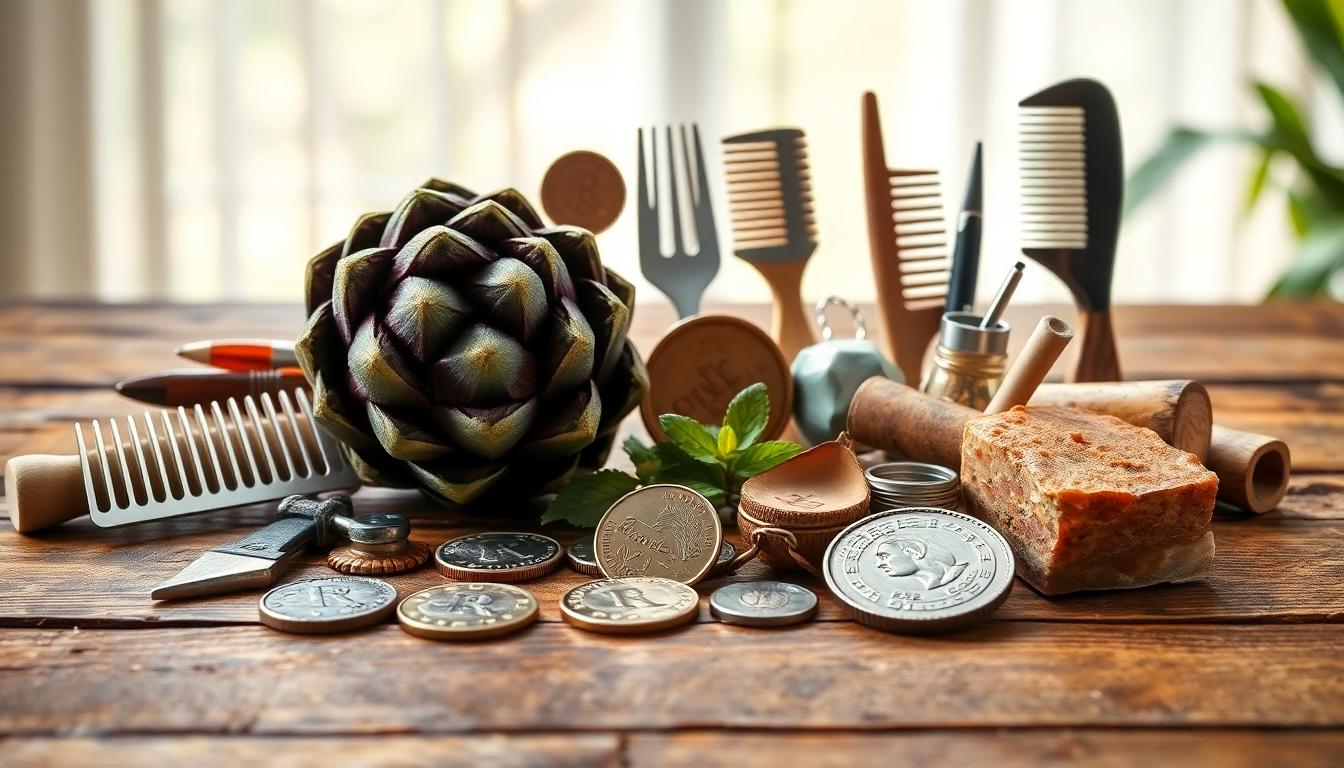
If you enjoyed the artichoke heart riddle, these similar brain teasers will stretch your thinking in new directions. Each challenges our perception by playing with familiar concepts in unexpected ways.
Body Part Riddles That Make You Think
Body part riddles create mental puzzles by using our physical features as metaphors. “What has teeth but cannot bite?” leads us to several possible answers including a comb, zipper, or saw—all objects with tooth-like projections that serve functional purposes. “What has eyes but cannot see?” points to potatoes, needles, or storms, where “eyes” represent entirely different concepts than visual organs. “What has ears but cannot hear?” tricks most people until they realize corn has what farmers call “ears” without any auditory capability. The “What has fingers but no hands?” riddle cleverly describes gloves, which contain space for fingers without being biological appendages. These riddles work by creating cognitive dissonance between our anatomical understanding and the metaphorical applications of body parts in everyday objects.
Nature-Based Riddles With Surprising Answers
Nature provides rich material for deceptive riddles that challenge our observational skills. “What runs but never walks?” immediately makes us think of animals, but the answer—a river—subverts expectations by applying human movement terms to geographical features. “What has a head and a tail but no body?” seems impossible until you consider a coin, blending natural imagery with man-made objects. “What has roots that nobody sees?” describes not just plants but mountains in some traditions, or trees in others, expanding our conception of what “roots” can mean. “What falls but never breaks?” leads to the surprising answer of night or darkness, transforming a physical action into a temporal concept. Similar to the artichoke riddle, “What tree can you carry in your hand?” points to palm trees, creating wordplay between body parts and nature. These nature riddles work particularly well because they use familiar environmental elements while requiring us to view them through unexpected perspectives, much like the king of hearts playing card answer to the non-beating heart riddle that appears in some variants.
How to Create Your Own Heart-Themed Riddles
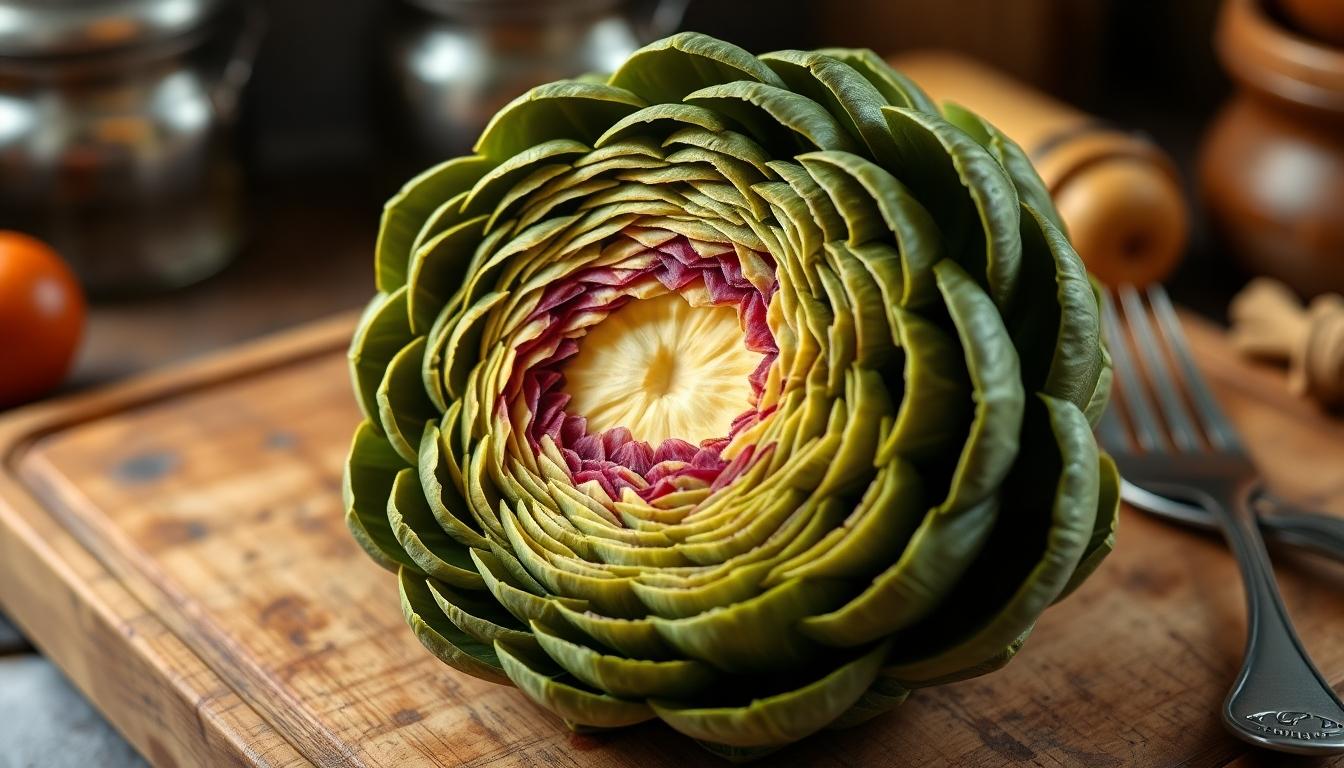
Creating your own heart-themed riddles can be both fun and intellectually stimulating. Using metaphors stands at the core of crafting compelling riddles that challenge and delight your audience. Consider objects that contain “hearts” without actual beating functions, such as artichokes, which feature a tender central part known as the heart.
Wordplay serves as a powerful tool when designing these puzzles. Think about terms that sound like “heart” or connect to heart imagery in non-biological contexts. For instance, the king of hearts playing card provides a perfect example of something with a heart that doesn’t beat.
Everyday objects offer excellent inspiration for heart riddles. Look around your environment and identify items that might metaphorically possess a “heart” – like the central processing unit of a computer or the core of an apple. These familiar references make your riddle relatable while maintaining its cleverness.
Adding a twist creates the necessary challenge that makes riddles enjoyable. Develop a pattern or logic that subverts expectations, such as focusing on objects that have hearts but lack the capacity for pumping blood. This cognitive disconnect forms the basis of captivating brain teasers.
Layering meanings within your riddle enhances its complexity. Incorporate double entendres or multiple interpretations to make solvers work harder for the solution. The satisfaction of solving a well-crafted riddle increases with the cleverness of its construction.
Testing your riddle with different audiences helps refine its effectiveness. Share your creation with friends or family members to gauge whether it hits the sweet spot between challenging and solvable. The best riddles provide that “aha!” moment when the solution becomes clear.
Using Heart Riddles in Educational Settings

Heart riddles like “What has a heart that doesn’t beat?” offer powerful educational benefits that extend far beyond simple entertainment. Teachers and parents can leverage these clever wordplay puzzles to develop crucial cognitive skills in learners of all ages.
Promoting Critical Thinking
Heart riddles naturally encourage students to think outside conventional patterns. When faced with the artichoke or King of Hearts riddle, learners must analyze the question from multiple angles, considering both literal and metaphorical interpretations. This process strengthens their ability to evaluate information critically and avoid surface-level assumptions. Students learn to question initial impressions and dig deeper for hidden meanings – a skill that transfers to all academic disciplines.
Developing Problem-Solving Skills
The analytical nature of heart riddles makes them excellent tools for building problem-solving capabilities. Learners must systematically work through possible answers, eliminating incorrect answers through logical reasoning. For example, when solving the wood riddle variation (having a heart, bleeding without blood, etc.), students must connect seemingly unrelated clues to arrive at the correct conclusion. This methodical approach helps them develop structured problem-solving techniques they can apply to more complex challenges.
Improving the Learning Experience
Incorporating heart riddles into lessons creates an captivating educational environment that captures students’ interest. The playful nature of these puzzles transforms learning from a passive experience into an interactive challenge. Many educators find that students retain information better when it’s presented in the context of a riddle or puzzle, as the emotional satisfaction of solving the mystery creates stronger memory connections. The unexpected answers to heart riddles (artichoke, playing card, wood) help cement new vocabulary and concepts in students’ minds.
Building Language and Vocabulary Skills
Heart riddles serve as excellent vehicles for expanding language proficiency. These puzzles introduce students to metaphorical language, homonyms, and creative word associations. When exploring why an artichoke has a “heart,” learners naturally discover new terminology related to plant anatomy and culinary terms. Similarly, the King of Hearts riddle familiarizes students with card deck terminology and figurative language. This exposure to diverse vocabulary happens organically within the context of solving an entertaining challenge.
Fostering Collaborative Learning
Heart riddles create natural opportunities for group problem-solving and discussion. When students work together to solve these puzzles, they practice articulating their thought processes, listening to peers’ perspectives, and building upon others’ ideas. This collaborative approach helps develop communication skills while demonstrating that problems often have multiple valid solution paths. Teachers can use heart riddles as conversation starters that encourage respectful debate and cooperative reasoning strategies.
Conclusion: Why Riddles Endure in Popular Culture
Riddles like “What has a heart that doesn’t beat?” continue to captivate us because they connect our love of wordplay with universal symbols. Whether it’s an artichoke heart a deck of cards or heartwood in a tree these brain teasers challenge us to think beyond literal meanings.
We’ve seen how these puzzles transcend cultures and adapt to modern platforms while offering cognitive benefits that sharpen our minds. They’re more than just entertainment – they’re tools for education creative thinking and social connection.
Next time you encounter a heart riddle remember you’re participating in a timeless tradition that bridges generations. The satisfaction of solving these clever wordplays reminds us that sometimes the most captivating mental challenges come in the simplest packages.
Frequently Asked Questions
What is the answer to “What has a heart that doesn’t beat” riddle?
The answer is an artichoke. Artichokes have a tender central portion called the “heart” that doesn’t actually beat. This riddle works through clever wordplay, using the literal meaning of a heart (the organ that pumps blood) versus the culinary term for the center of this vegetable.
Why are heart riddles popular across different cultures?
Heart riddles are popular across cultures because they use universally recognized symbolism while providing educational value. Historically, they served as teaching tools in folklore. Today, social media platforms like Instagram and TikTok have revitalized these riddles through engaging presentations, helping traditional word puzzles maintain relevance in our digital world.
What cognitive benefits come from solving riddles?
Solving riddles enhances multiple cognitive functions: it improves problem-solving skills, strengthens memory, boosts concentration, and fosters creative thinking. Riddles challenge us to make unexpected connections and think outside conventional patterns. They engage both analytical and creative parts of our brain, providing mental exercise that can contribute to cognitive flexibility and overall brain health.
What are some variations of the heart riddle?
Popular variations include: 1) A deck of cards (has heart suits but doesn’t beat), 2) A keyboard or piano (has a “heart” or core but doesn’t beat), 3) Wood or trees (heartwood is the strong center), 4) Vegetables like artichokes with culinary “hearts,” and 5) Metaphorical hearts, such as “the heart of a matter.” Each uses wordplay differently.
How can I create my own heart-themed riddle?
Create heart-themed riddles by finding objects with metaphorical “hearts” (like a computer’s CPU or an apple’s core). Use clear but clever language that hints at both literal hearts and your object. Add complexity with wordplay and layer multiple meanings. Test your riddle with others to ensure it’s challenging but solvable, aiming for that satisfying “aha!” moment.
What are some similar brain teasers to the heart riddle?
Similar brain teasers include body part riddles like “What has teeth but cannot bite?” (a comb) and “What has eyes but cannot see?” (a potato). Nature-based riddles such as “What runs but never walks?” (water) and “What has a head and a tail but no body?” (a coin) also play with familiar concepts in unexpected ways to challenge perception.
How can heart riddles be used in education?
Heart riddles promote critical thinking, problem-solving, and collaborative learning in educational settings. They encourage students to think beyond conventional patterns and engage in discussion. Teachers can incorporate them into lessons to enhance vocabulary, develop language skills, and make learning interactive. They’re particularly effective for demonstrating metaphors and multiple word meanings.
Why is the artichoke answer so clever for the heart riddle?
The artichoke answer is clever because it perfectly blends wordplay with everyday knowledge. It requires recognizing both literal and metaphorical meanings of “heart.” Most people think of a beating organ when they hear “heart,” but the answer subverts this expectation. The vegetable’s culinary “heart” creates that satisfying cognitive twist that makes good riddles memorable.

